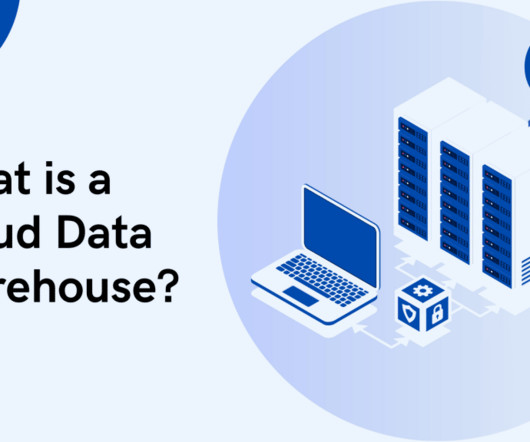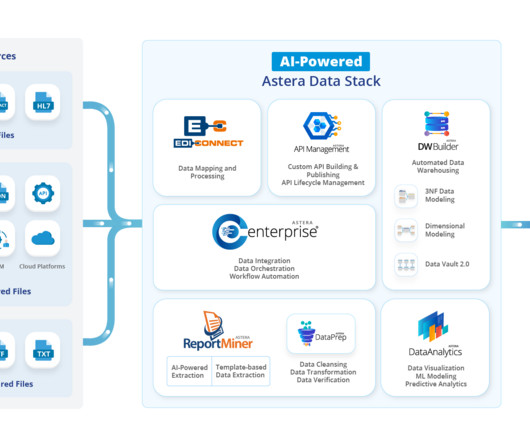The Future of AI in Data Warehousing: Trends and Predictions
Astera
APRIL 28, 2023
Data management can be a daunting task, requiring significant time and resources to collect, process, and analyze large volumes of information. By AI taking care of low-level tasks, data engineers can focus on higher-level tasks such as designing data models and creating data visualizations.













Let's personalize your content